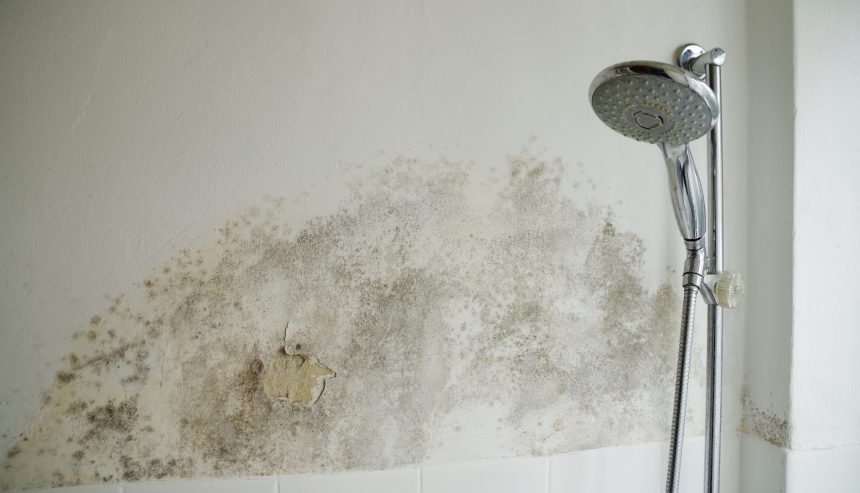Almost everyone may have their own piece of advice about Common Causes of Water Damage in a Bathroom.

The bathroom is extremely vulnerable for damp build-up and also potential water damage because of the constant use water in it. This write-up offers easy evaluation methods to assist finding water damages threats.
The frequent use water in the washroom makes it exceptionally at risk for damp build-up and also possible water damages. By evaluating it consistently, you can reduce water related problems.
The adhering to collection of examinations is very easy to carry out as well as ought to be done when in every three months in order to keep your restroom in good shape and to prevent potential water damages brought on by the bath tub, the shower, pipeline joints as well as plumbing, sinks, cupboards, as well as the toilet
Do not overlook performing these inspections and also be detailed while executing them. Bear in mind that these easy inspections can conserve you a great deal of money by providing early signs for water damages
Tub and Shower
The shower and also bath tub need special focus as well as maintenance. Examine the floor tiles as well as replace if cracked. See to it that there is no missing out on grout between the floor tiles. Check as well as change split caulking at joints where the walls fulfill the flooring or the tub. Clogged drains pipes as well as pipes issues will protect against the tub from drying and also might indicate serious troubles below the bathtub. Seek advice from an expert immediately to avoid structural damages. Focus on stainings or soft locations around the bathtub wall surfaces as they may show an interior leakage.
Plumbing
Signs for water damage are hard to find because the majority of pipes are mounted inside the walls.
Pay unique interest to floor covering as well as walls wetness and also spots as they might suggest an invisible plumbing trouble. Check dampness degrees in adjoining areas as well.
Sinks and also Cabinets
Sinks and closets are revealed to wetness and also humidity daily and also are frequently forgotten. Inspect on a regular basis under the sink and on the counter top over it. Repair any kind of drip in the trap as it may recommend drain issues. Look around the sink, slow draining pipes might indicate a blocked drainpipe. Replace sink seals if they are broken or loosened.
The Toilet
The bathroom is an at risk water joint. Examine the water lines and search for leakages around the commode seat, in the hose pipe, as well as under the water container. If you spot any type of indicators of moisture on the floor around the commode, look for leaks in the toilet rim as well as container seals.
Be aware that hanging toilet bowl antiperspirants raises the chances for blockages.
TIPS TO PREVENT WATER DAMAGE IN THE BATHROOM
The average household uses approximately 80-100 gallons of water per person per day. For a family of 4, that's almost 2,500 gallons of water a week! The largest portion of this consumption comes from bathroom use. Flushing the toilet uses the most water, followed by taking a shower or bath. With that much water running through the home, water damage in the bathroom is bound to happen. Knowing how to spot signs of a water leak is essential to preventing long-term damage. This guide provides you with tips to reduce the impact of water damage on your bathroom.
CAUSES OF BATHROOM WATER DAMAGE
Pipe breaks are the most common cause of water damage we see in our daily jobs. The age of a pipe plays a large role in a pipe break as well as corrosion. Over time, the metal begins to break down, allowing water to escape. Frozen pipe breaks are also a concern in the winter months. Toilet overflows caused by paper products or children flushing inappropriate items. Degraded caulking around the toilet or bathtub can allow water seepage, sometimes behind the fixture, into the subfloor or walls. Condensation forms when the water in a pipe is cooler than the air temperature. Beads of water form on the exterior of the pipes, sometimes so much so that the water begins to drip and pool below. Sink or shower backups created by poor drainage. HOW TO PREVENT WATER DAMAGE IN YOUR BATHROOM
Inspect your toilet supply line for worn or frayed hoses and replace them as needed. Winterize your plumbing to prevent a frozen pipe break. Use vent fans to prevent condensation that can lead to mold growth. Routinely check and replace degraded caulking around your toilet or bathtub. Increase the temperature in your toilet tank and insulate your pipes during the warm summer months to keep condensation from forming. Use child safety locks on the toilets. Flush only toilet paper. "Flushable" wet wipes are actually not good for your plumbing system. Additionally, feminine hygiene products should not be flushed. Prevent water from escaping the tub or shower. Make sure shower curtains are in good condition. Inspect shower doors and replace the seal strip if necessary. Wipe up any water that accumulates on the floor and use bath mats. Water left to sit can cause damage to the tiles and flooring. Refrain from using bath products containing heavy oils to avoid a clogged drain.

Do you like reading about How to Repair and Prevent Bathroom Water Damage? Place feedback down the page. We'd be delighted to know your suggestions about this piece. We hope to see you back again in the future. Are you aware of somebody else who is truly interested in the subject? Take a moment to promote it. We value reading our article about How to Fix a Water Damage Bathroom.
Book Service